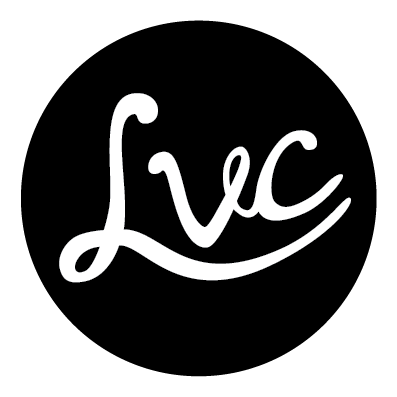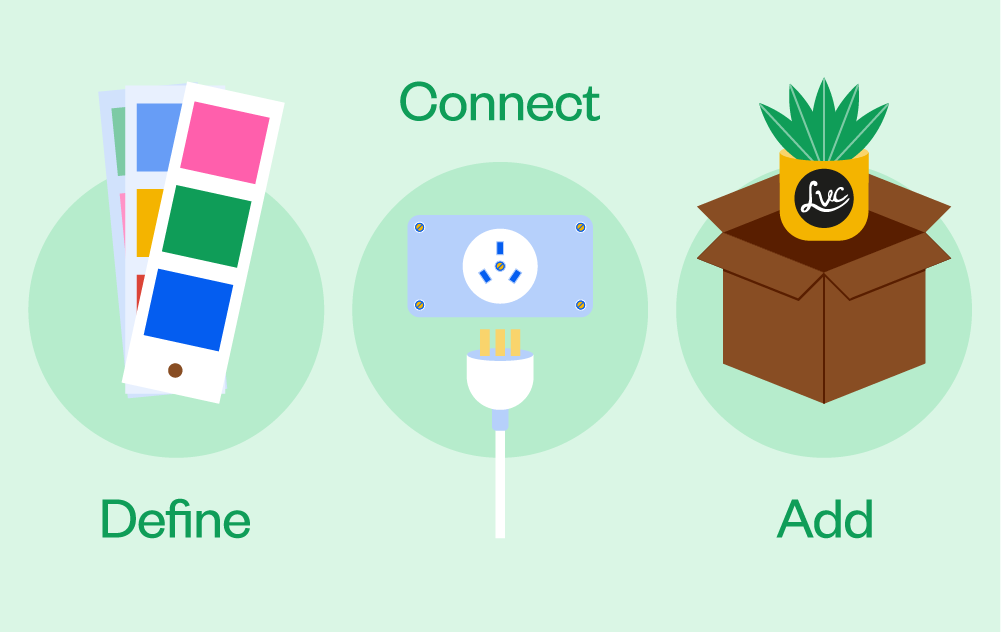Ef & Ash’s guide to Google Performance Max
If you’ve been anywhere near the digital marketing realm in recent months, you might have heard about Google’s latest campaign type: Performance Max.
Google Performance Max is an amalgamation of Search, Display, Video and Shopping ads in Google. Think of it as a one-stop shop for all your different ad placements that uses machine learning to serve users with the ads most likely to achieve your campaign goals.
Automation is the name of the game with Performance Max, taking the guesswork (or manual effort) out of figuring out what audiences will be most responsive to. It works by automatically optimising ad placements and creative based on the objectives and assets you provide.
At Little Village Creative we’ve already seen some fantastic results for our clients with Performance Max, so we thought we’d share a quick explainer on how it all works.
What types of businesses is Performance Max right for?
Because Performance Max rolls Search, Display, Video and Shopping ads into one, it’s great for established (often larger) businesses looking to consolidate multiple ad types in one optimised approach.
That said, smaller businesses with limited digital management capacity could also benefit from Performance Max’s automation capabilities – less manual optimisation equals less resources needed to run a campaign.
As a general rule of thumb, Performance Max is a good option to consider when:
You have specific ad goals, such as driving online sales or generating leads
You aren’t limited to certain ad channels
You want to access all of Google’s ad channels in one campaign
Setting up a campaign
So – where to start with setting up a Performance Max campaign?
There are three basic steps:
Define your campaign objectives and budget. Like other Google ad campaigns, the first step is choosing your goals (for example, driving sales) and setting a budget.
Update and connect Merchant Center. For ecommerce businesses, this is where you add products to be included in your campaign.
Add your assets. You can include ad text, imagery, videos, calls-to-action and more, and Google will mix and match these based on where the ad is shown and which creative is performing best.
Getting the most out of your investment
Being a relatively new campaign type, there’s still lots to learn about making the most of Performance Max. But what we can say so far is that eye-catching creative assets are a key ingredient to success. This includes:
Unique imagery and videos that capture your audience’s attention and differentiate your brand from your competitors
Thoughtfully crafted ad copy that tells a compelling story, solves a problem or offers an emotional trigger
Calls-to-action that persuasively drive users to take the next step
Getting all of this right (plus the technical side of things) is no easy feat, and even with the benefit of Performance Max’s automation capabilities, there’s an element of trial and error to achieve the best results.
This is where engaging a professional marketing agency can help.
Our team of campaign and creative specialists can work with you to distil your goals, value proposition and target audience, and design a campaign that reaches the right people and achieves the right objectives – making every dollar of your budget count.
If you’re curious to learn more about Performance Max or how we can help, drop us a line for chat.


